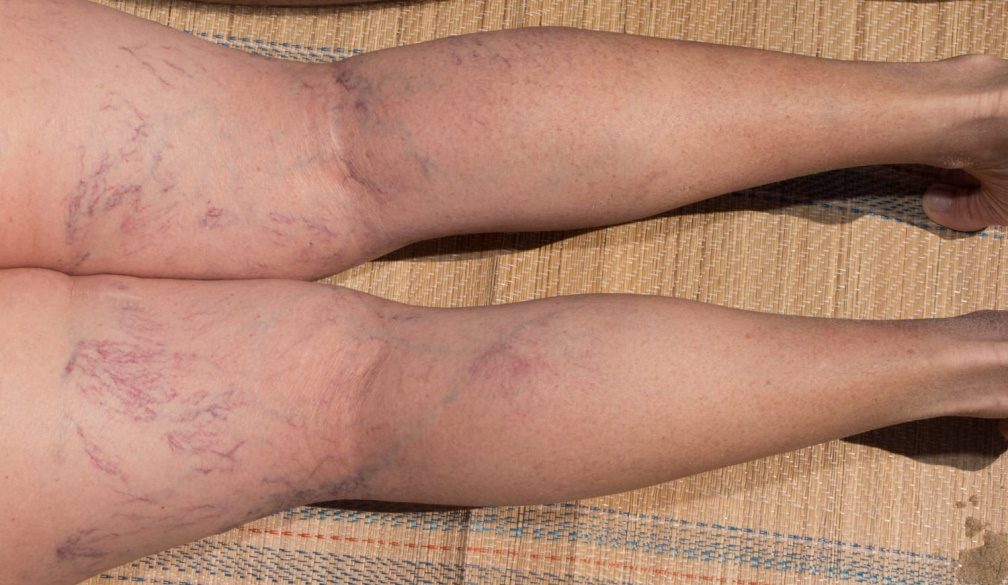What Are the Telltale Signs & Symptoms of Varicose Veins?

Varicose veins are a common medical condition, especially in women that are associated with swollen and aching legs. If you're experiencing pain in your legs that makes it feel heavy and makes movement difficult, it could be varicose veins. Before diving into the signs and symptoms, you must understand the condition.
What are Varicose veins?
Veins, arteries, and capillaries make up a large part of the circulatory system and transport blood to and from your body.
Veins carry "used up" blood from your tissues and organs to the heart for oxygenation. Arteries bring back oxygenated blood from the heart to be used by your body's tissues. Capillaries are tinier than veins and arteries and serve as a middle-man or a bridge between the two.
An important fact to note about veins is that they carry blood in one direction, i.e., to your heart for oxygenation. In certain instances where the vein is weak or damaged, blood can pool and accumulate in the vein instead of flowing to the heart. Such veins can be visible when enlarged and are known as varicose veins. This happens mainly in the legs but can be found anywhere in the body. Spider veins are similar to varicose veins, except they happen in the capillaries.
Signs and symptoms of varicose veins
If you notice any of the following symptoms, it is time to visit the hospital.
-
Enlarged and painful veins, especially on the legs.
-
Swelling that affects your feet
-
Bulging, easily visible veins that may appear blue or purple.
-
Frequent muscle cramps close to bedtime.
-
Legs that feel heavy make walking a chore.
-
Throbbing in your legs and feet.
-
Discoloration of the region around the varicose vein.
-
Itchy skin
-
Symptoms become unbearable during hot or warm weather conditions
-
Inability to stand for long periods due to worsening the pain.
Varicose veins, if left untreated, could lead to a form of rash known as status dermatitis, which could chronically progress into leg ulcers. Be sure to check out Australian Vein Clinic for more information about vein laser clinics.
Do not underrate this or any other medical condition because good health equals a better quality of life. If you have any of the above symptoms, consult a vascular surgeon to have the varicose veins treated.
Early Detection of varicose veins
A few signs could indicate this condition earlier on before it becomes pronounced. To detect this on time, you must perform frequent checks on your body as the earliest symptoms may be confused for other skin conditions.
The earliest signs of varicose veins include:
-
Reddish spots on your legs
-
Dull aching sensation in your legs and feet
-
Darker veins
-
You always complain of swollen feet.
Risk factors for varicose veins
Certain conditions can increase your risk of varicose veins, although it can happen to anyone regardless of age, gender, or body weight.
-
A family history of varicose veins
-
Living a sedentary lifestyle- you stand or sit for long hours
-
Overweight and obesity
-
Gender- women are more likely than men to get varicose veins.
-
Age- older people are more prone to this condition
-
Any injury or damage to your legs increases the chance of weakening veins.
Conclusion
As an end note, ensure you carry out lifestyle modifications if some of the risk factors apply to you; constantly monitor your legs for any of the symptoms, and arrange a consultation with a reputable Gold Coast vascular surgeon who can provide you with the best advice for treatment, moving forward.

























